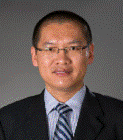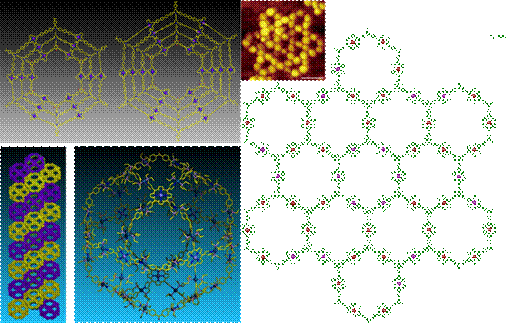主讲人: Dr. Xiaopeng Li
时间: 2019年10月11日下午14:30
地点: 深圳大学西丽校区B1-420会议室

报告人简介:
Dr. Xiaopeng Lireceived his B.S. degree in Chemistry at Zhengzhou University, China in 2004,earned his Ph.D. in Chemistry in 2008 at Cleveland State University, and thenworked as a postdoc fellow at University of Akron. He started his independentcareer at Texas State University in 2012, then moved to University of SouthFlorida as Assistant Professor in 2016. His specific research interests include1) self-assembly of giant metallo-supramolecules to bridge mathematic geometryand supramolecular chemistry; 2) seeking novel application ofmetallo-supramolecules; 3) advancing supramolecular chemistry characterizationusing mass spectrometry. His research program is funded by NSF, NIH, ACS-PRFand Research Corporation. He received Cram Lehn Pedersen Prize 2019 inSupramolecular Chemistry.
报告摘要:
Due to its highlydirectional and predictable feature, coordination-driven self-assembly hasevolved into a well-established methodology for constructing 2D and 3Dsupramolecules. Up to date, this field has matured in the context of a largevariety of macrocycles and polyhedra, which however, still suffered from a lackof complexity and thus were unable to reach the high degrees of functionalityfound in natural systems. With the goal of assembling structures with highcomplexity, we pushed the limits of coordination self-assembly throughconstructing a series of giant 2D and 3D supramolecular architectures. First,multi-armed building blocks were synthesized using pyrylium and pyridiniumsalts chemistry for the self-assembly of 2D nested concentric hexagons, orKandinsky circles, which showed high antimicrobial activity. Second, step-wisestrategy was utilized to combine folding and self-assembly together toconstruct fuzzy supramolecular hexagonal grids (diameter > 20 nm, MW > 65kDa) with intrinsically ordered and disordered domains. Third, pre-assembledsupramolecular polyhedra with precisely-controlled shapes and sizes couldfurther assemble into double-helical nanowires with a non-natural parastichypattern. In conclusion, through further understanding of self-assembly ofsupramolecules, our research could advance the design, synthesis andself-assembly of new synthetic materials with molecular level precision.

欢迎有兴趣的师生参加!
